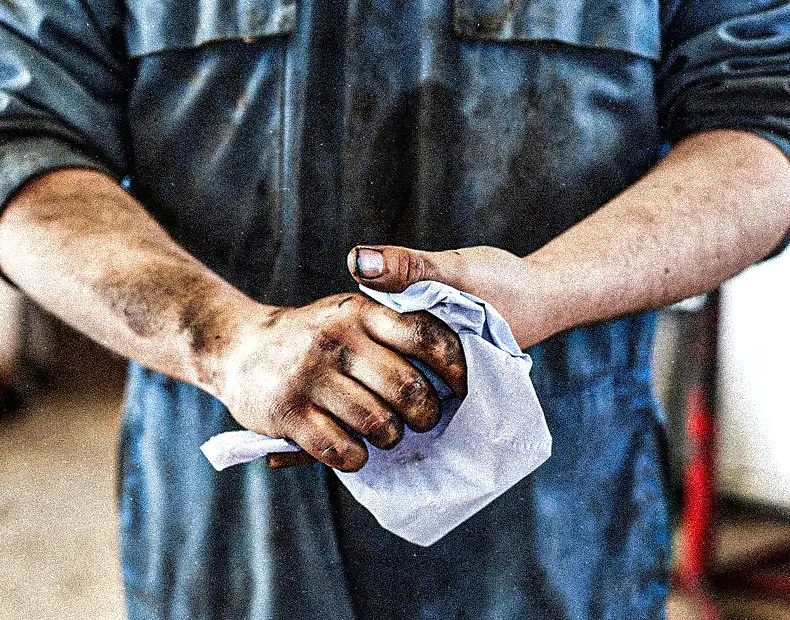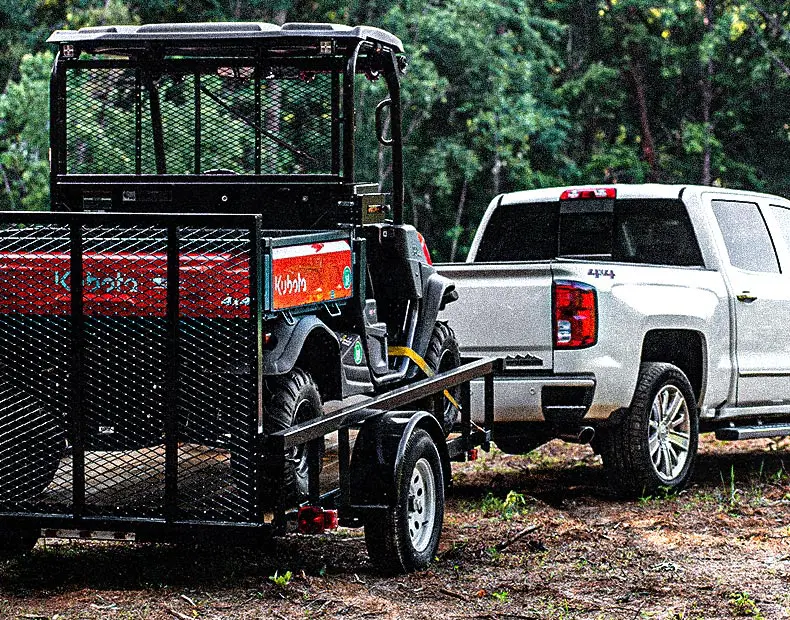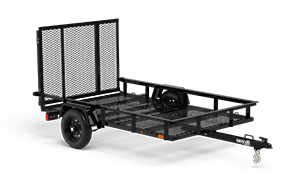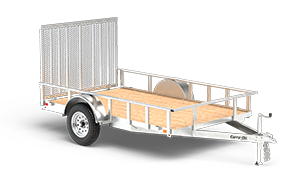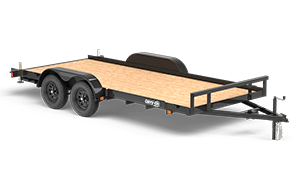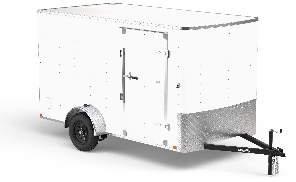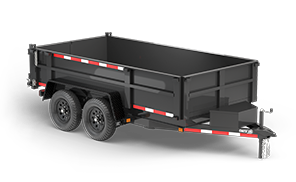Safer trailers through education.
Safety starts with you. At Carry-On, we prioritize your safety by providing the tools and knowledge you need to tow confidently and responsibly.
Towing adds extra responsibility to your drive, requiring heightened vigilance and preparation. Safer towing starts before you even hit the road. Begin with a thorough inspection of your trailer to ensure everything is in top condition. Check tire pressure on all tires, including the spare, and look for uneven wear, cracks, or damage. Retighten lug nuts as needed, confirm the coupler is secured and locked, and properly rig safety chains to your tow vehicle.
Loading your trailer correctly is just as critical. Distribute weight evenly, placing heavier cargo toward the front, and avoid exceeding the Gross Vehicle Weight Rating (GVWR) of your trailer or tow vehicle. Equip your vehicle with essential safety tools like a fire extinguisher, flares, and reflectors.
Once your vehicle and trailer are ready, fasten your seatbelt, adjust your mirrors, and maintain safe driving habits. Keep speeds under 55 mph and plan regular stops to inspect your trailer. Check tire pressure, tighten lug nuts, and confirm your connections are secure after the first 10, 25, and 50 miles of your trip.
For added safety:
- Brake early and anticipate stops
- Avoiding sharp turns
- Use lower gears and avoid riding the brakes on downhill slopes.
Towing safely requires preparation and awareness at every step. For more tips, explore our Guide to Towing and Pre-Departure Checklist. If you have questions, please let us know, we’re here to help. At Carry-On Trailer, we’re committed to making every journey safer.

